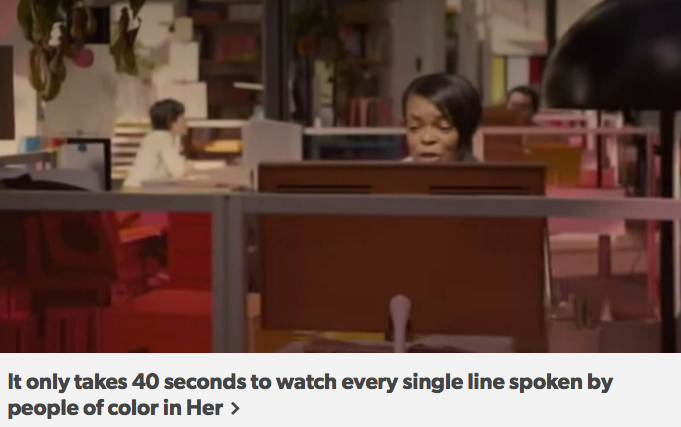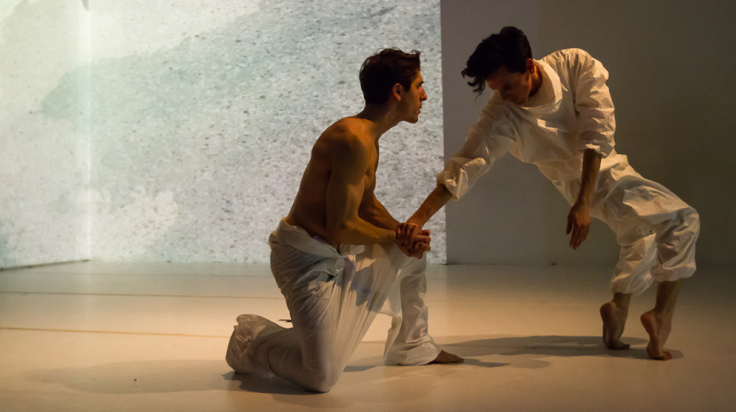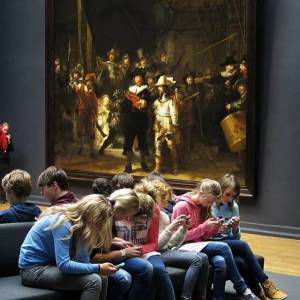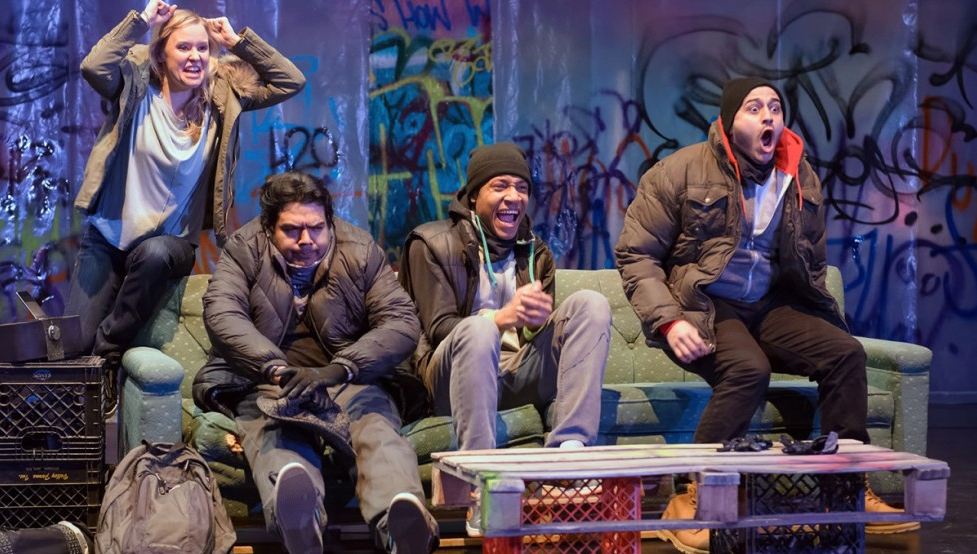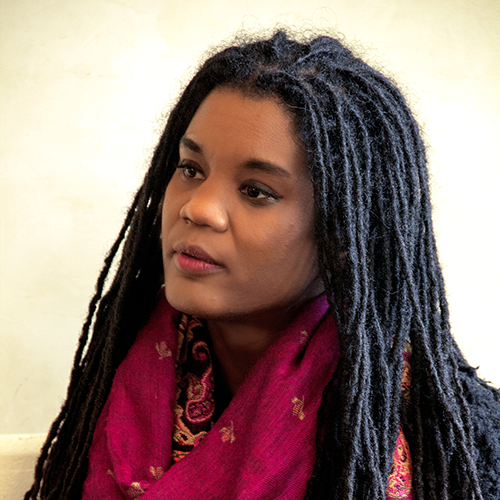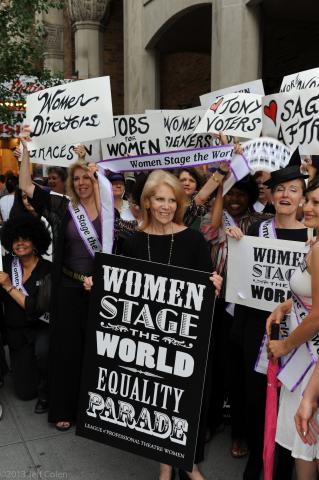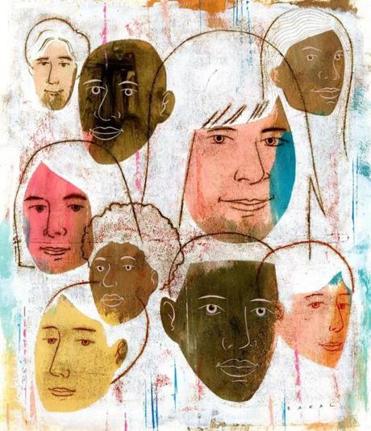Link Roundups feature articles and bits of internet goodness that our dramaturgy team digs up. If you find something you want to send our way, drop us a line on Facebook or Twitter!
♦♦♦♦♦
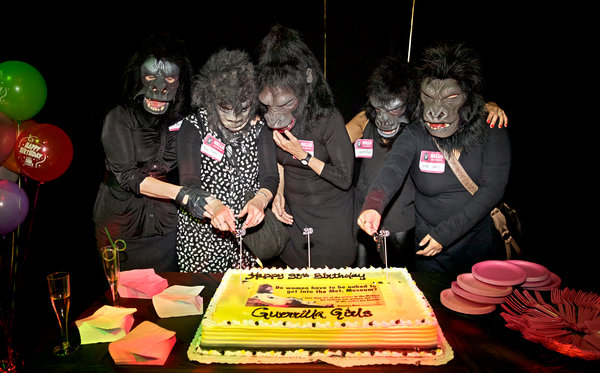
The 30th birthday party for the Guerrilla Girls at the Abrons Art Center in Manhattan in May. Credit Benjamin Norman for The New York Times
The New York Times feature about the Guerrilla Girls, “masked crusaders for gender and racial equality in the art world,” looks at their legacy and relevance today:
Today they seem prescient: They long ago took aim at issues that are flash points now, like gender bias in Hollywood, and racism in the gallery world (“Guerrilla Girls’ definition of a hypocrite?” read one poster. “An art collector who buys white male art at benefits for liberal causes, but never buys art by women or artists of color.”) Co-opting the look and feel of advertising, they were social media-friendly and selfie-ready before those terms existed. Though other activist groups, like the newly formed anonymous collective Pussy Galore, have taken up the cause, the Guerrilla Girls say their mission is far from over. “They’re as valid today, and needed today, as they were 30 years ago,” Mr. Kiehl said, “because what they’re talking about is still going on.”
♦♦♦♦♦

Students from Marin Academy and Richmond High School interviewed each other for the project. (Dominic Colacchio/KQED)
KQED news has a story about students from two different high schools, both with very different economic and racial backgrounds, who came together for a documentary theatre project:
Ives lives in Marin but drives every day across the bridge to teach at Richmond High School.
“Something I am so aware of since working in this school, how segregated the Bay Area is. It’s shocking to me, actually, to come over the bridge and work in this school every day and to come home, and almost everybody’s white where I live,” Ives said.
To create the play students had to break through that segregatio, which meant examining some big differences, even when those differences were uncomfortable. At one point in the play, Marin Academy student Georgia Spears performs as a Richmond High senior talking about receiving her college admissions letter.

